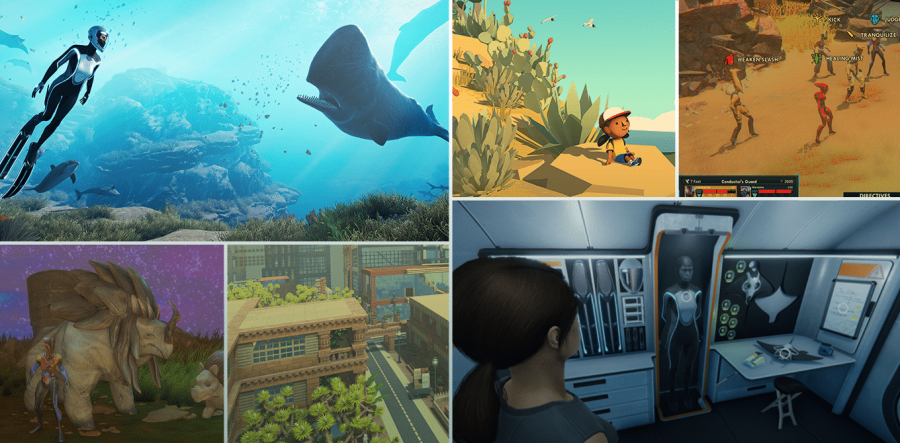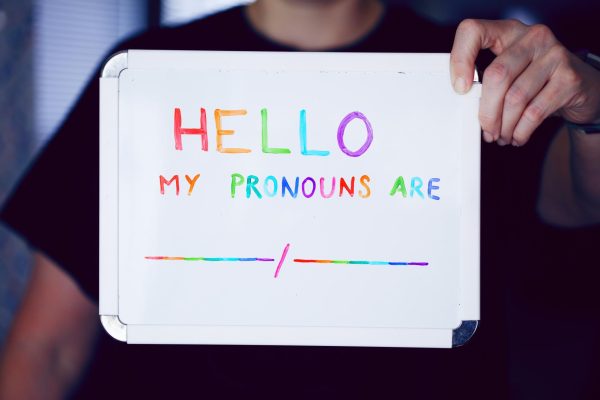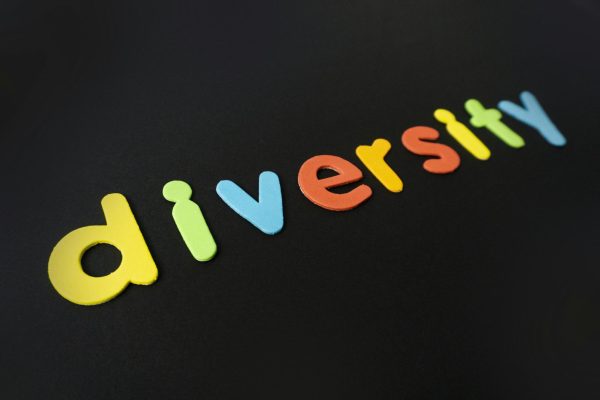Video Games as an Educational Tool for Environmental Justice
Video games have accrued a very controversial reputation over the years. They are attacked and vilified over their depiction of violence and other objectionable actions. Because of this, many have the idea that video games aren’t art or can’t appeal to the audience in the way films or novels can.
Many movies, shows, and novels also contain what would be considered objectionable material but it’s used for a thematic purpose. The same is true for video games. Events, characters, and themes in video games connect us to real-world topics and discussions just like those other storytelling mediums.
Environmental justice, for example, is prominent in gaming. From “Final Fantasy VII”, which specifically alludes to climate change, infrastructure in working-class communities, and more, to “Red Dead Redemption II,” which features many environmental justice issues such as encroachment of indigenous lands, waste dumping, and health issues caused by coal mining, environmentalism has a firm foundation in video games.
“At the time we didn’t realize [“Final Fantasy VII”] could be an allegory for what was going on with extraction of capital from working masses, extraction of oil and resources from the planet, the distribution of that to the top .01 percent, up in Midgar, It was very influential for us all,” said Bobby Pembleton, Enterprise Executive at The University of Edinburgh.
Because games require the player to be more actively engaged and have a higher awareness of the environment for purposes such as navigation or puzzle-solving, they are the perfect vessel to teach people about environmental justice ideas and issues.
Video games have built very large and connected communities of gamers over the past few decades. This on its own isn’t necessarily good or bad, but this large sense of community can be used for a real-world purpose. In 2020, prominent video game streamer, Dr. Lupo, raised over $2.3 million for Saint Jude during the Build Against Cancer event.
Furthermore, a 2020 South Korean study found a positive relationship between games and political participation. They found a large reason for this was the large sense of community that forms around video games. This points to the fact that games have the potential to get people to care about real-world issues so, in terms of environmental justice, it’s more of a matter of utilizing that space to further this movement’s message and ideas.
According to Statistica, there are over 2.8 billion active gamers across the world, so incorporating environmental justice more in games wouldn’t fall on deaf ears. For environmental justice and pretty much any other social justice movement, community is pivotal. Without a community united under a common goal, it is extremely unlikely for change to happen. Video games have spawned a copious amount of communities that are extremely passionate about their favorite hobby and that passion can translate into real-life, such as the aforementioned charity stream and the study on political participation. If used effectively, implementing environmental justice themes could help ignite that passion within the community.
Not only can games form tight-knit communities that can be used to help with real-world problems, but there is also an educational link between the game and the player. A study conducted by the British Ecological Society found that participants who played “Red Dead Redemption II” tested better on their knowledge of animal species and participants expressed that they learned more about ecology from the game.
Furthermore, a study by Chief Learning Officer Media found that workers who played a training game showed higher learning engagement levels than those who didn’t. The study had over 6,000 participants and was conducted over 12 months.
Environmental justice is already prominent in the gaming industry. Besides the aforementioned games, other games with environmental justice themes include: “The Last of Us,” “NieR Automata,” “Fallout,” “Horizon Zero Dawn,” “Dishonored,” “The Outer Worlds,” “Cyberpunk 2077,” and “Resident Evil.”
Now, it’s just a matter of utilizing environmental justice themes even more and placing them even more at the forefront of these games. What makes games an even better vessel for environmental justice storytelling is that they require more active engagement than other storytelling genres. In video games, you actively participate in the events that are happening on-screen, so this requires higher environmental awareness than something like a movie.
In a film you passively view the events happening, but with video games, you are forced to be more aware of your surroundings to navigate these worlds. This, in turn, makes games more immersive than other mediums because they allow the player to transport their minds into a digital world by allowing them to interact with it.
Think of it this way – you can watch a really good horror movie and be scared from beginning to end, but for a horror game that terror would increase significantly because you are in control of the protagonist. A dumb mistake by the character is now, instead, your mistake that you would have to pay for. This interactive element gives these worlds much more tangibility than other mediums.
Along with this also comes a potentially higher emotional connection to the world you are playing in. In a movie, you could view massive catastrophic events and not really think much of it because it really doesn’t affect you in any way, but in a video game that same catastrophic event could impact the way you play the game, such as blowing up Megaton in “Fallout 3” which acts as the main hub for trade in the game. Games have this added element of choice and consequence to the player’s actions that other mediums don’t. This in turn, also further connects players to these worlds in a more meaningful way and can also be used to connect players to real-life social and environmental issues even in very minute ways.
For example, drinking contaminated water in the “Fallout” games will decrease the player’s health which can’t be fixed until you either take medicine or go to a doctor. Furthermore, “Skyrim” heavily depicts racism in its world and you see the numerous different effects it has on the different fantasy races in the game. Where one playthrough as a Nord you might not care or notice all that much, another as a Dark Elf or Argonian will shift your perspective on the world as guards and townspeople will treat you differently. When these issues affect the player’s character, and by extension the player themself, it can connect them more to these social and environmental justice issues that they previously didn’t connect with.
There are myriad ways to tackle the topic of environmental justice in video games. Gaming is a remarkably diverse medium. Under this one umbrella, there are numerous genres and subgenres similar to other storytelling mediums, but games have the added benefit of gameplay which branches off into genres including first-person shooters, third-person shooters, role-playing games, turn-based strategy games, real-time strategy games, action-adventure games, puzzle games, sandbox games, survival games, platformers, point-and-click games, and more.
So there is a copious amount of room for the different aspects of environmental justice to be depicted through both gameplay and writing. Because of all these factors, video games are the perfect narrative tool to advocate for and bring awareness to environmental justice.








